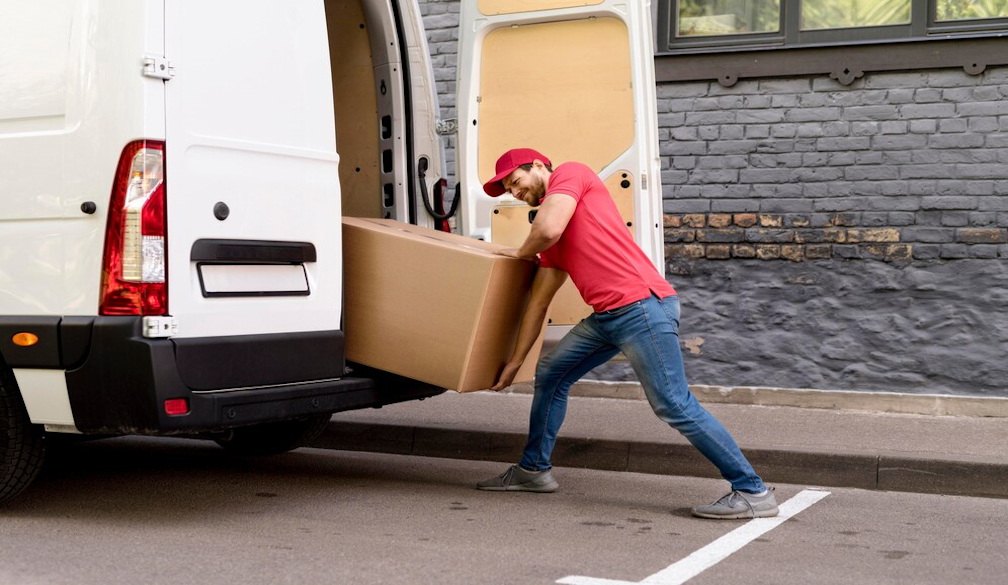How Interstate Removalists Handle Long-Distance Moves: What to Expect
- Written by The Chronicle

Moving to a new state can be both exciting and daunting. Interstate removalists are specialists in managing long-distance relocations, and understanding how they handle these moves can help alleviate some of the stress associated with relocating. This article outlines what to expect when working with interstate removalists, from the planning stages to the completion of your move.
Initial Consultation and Planning
1. Assessment of Your Needs
The first step in any interstate move is a consultation with the removalist company. This initial assessment helps the removalists understand your specific needs, including the volume of items to be moved, any special handling requirements, and your moving timeline. During this phase, you’ll discuss details such as the size of your home, the type of furniture and belongings you have, and any additional services you might require, such as packing or storage.
2. Providing a Quote
After assessing your needs, the removalists will provide a detailed quote. This quote typically includes the cost of transportation, packing materials, and any additional services. It’s essential to review the quote carefully and ask questions about any aspects you don’t understand. Most removalists offer fixed-price quotes to give you a clear idea of the total cost, but some may work on an hourly rate or a combination of both.
3. Creating a Moving Plan
Once you’ve agreed on the quote, the removalists will create a detailed moving plan. This plan includes a timeline for packing, loading, transportation, and unloading. It also outlines any special instructions or considerations, such as the need for temporary storage or the handling of delicate items. Having a well-organised plan helps ensure that everything goes smoothly on moving day.
Packing and Preparation
4. Packing Services
Many interstate removalists offer packing services as part of their package. If you choose this option, the removalists will handle the packing of your belongings using high-quality materials to ensure their safety during transit. Professional packing can save you time and reduce the risk of damage to your items.
5. DIY Packing
If you prefer to pack your belongings yourself, the removalists can provide packing materials such as boxes, bubble wrap, and packing tape. They can also offer guidance on how to pack items safely and efficiently. Proper packing is crucial for protecting your belongings and ensuring they arrive in good condition.
6. Inventory Management
An inventory of your items is usually created before the move. This inventory helps keep track of everything that’s being transported and ensures nothing gets lost or damaged. Make sure to review the inventory list and confirm that all items are accounted for.
Transportation and Handling
7. Loading and Transporting
On the day of the move, the removalists will arrive to load your belongings onto a removal truck. They use specialised equipment and techniques to ensure that items are loaded securely and safely. For interstate moves, the removalists will plan the route to your new home, taking into account any potential roadblocks or delays.
8. Long-Distance Considerations
Interstate moves involve long-distance travel, which means your belongings may be in transit for several days. Removalists use various methods to ensure the safety and security of your items during this time, including secure loading techniques and regular vehicle maintenance. They may also provide you with updates on the progress of your move.
9. Insurance Coverage
Most interstate removalists offer insurance options to cover potential damage or loss during transit. Review the insurance policy carefully and consider purchasing additional coverage if needed. Having insurance provides peace of mind and financial protection in case anything goes wrong during the move.
Arrival and Unloading
10. Unloading and Placement
Upon arrival at your new home, the removalists will begin the unloading process. They will carefully move your items into your new home and place them in the rooms you designate. If you’ve opted for unpacking services, they will also help unpack your belongings and set up furniture as needed.
11. Final Inspection
Before finalising the move, conduct a final inspection of your items to ensure everything is in good condition and nothing is missing. If you notice any issues, report them to the removalists as soon as possible. They should provide you with a contact person to address any concerns or claims related to damage or loss.
12. Post-Move Services
Some removalists offer post-move services, such as organising your items or providing additional cleaning. These services can help you settle into your new home more quickly and comfortably.
Conclusion
Interstate removalists play a crucial role in managing long-distance moves, handling everything from initial planning to the final unpacking. By understanding what to expect throughout the process, you can better prepare for your move and ensure a smoother transition to your new home. Whether you choose full-service packing or prefer to handle some tasks yourself, working with experienced removalists can make your interstate move more efficient and less stressful.








